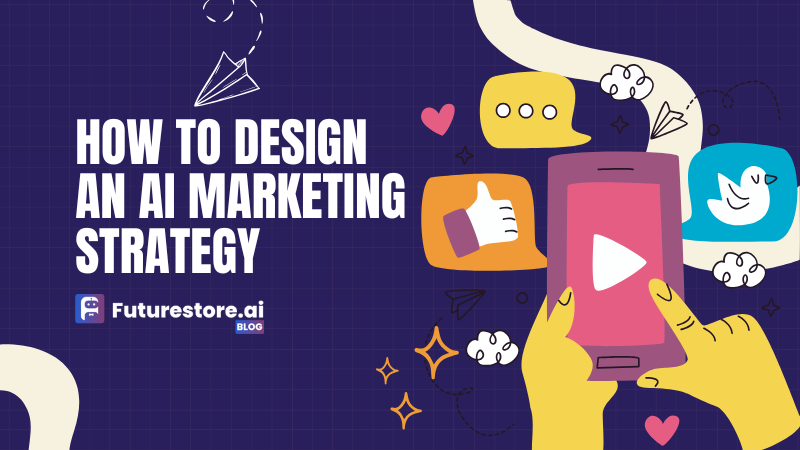AI is no longer a futuristic buzzword—it’s a core marketing weapon. Brands that learn how to leverage artificial intelligence aren’t just working smarter—they’re scaling faster, converting better, and creating more personal customer experiences.
But the challenge for many businesses and creators in 2025 isn’t why to use AI—it’s how to actually design a strategy around it.
In this post, I’ll guide you step-by-step through how to build an AI marketing strategy that works—whether you’re a solopreneur, startup, or scaling business.
Step 1: Define Clear Goals (Before Touching a Tool)
Start with clarity. AI is a means, not the end. What are you trying to achieve?
Ask:
- Do you want to automate content creation?
- Improve ad performance?
- Personalize customer journeys?
- Reduce response times?
Example Goals:
- Increase email open rates by 20%
- Generate 5 blog posts per week with minimal human input
- Cut customer support costs by 50%
Once your goals are clear, you can choose the right AI tools and workflows.
Step 2: Audit Your Current Marketing Workflow
Before you insert AI everywhere, audit your current marketing tasks:
- What are you spending too much time on?
- Which processes are repetitive?
- Where is there a bottleneck?
Example areas AI can help:
- Email subject line generation
- Social media scheduling
- Lead scoring and segmentation
- Customer chat support
- A/B testing creative content
Step 3: Choose the Right AI Tools
The tools you choose depend on your goals. Start small, test, and scale.
AI Tools by Use Case:
| Purpose | Recommended Tools |
|---|---|
| Content creation | Jasper, Copy.ai, Writesonic |
| SEO & optimization | Surfer SEO, NeuronWriter |
| Chatbots & support | Intercom, Tidio, ChatGPT (API) |
| Email personalization | Klaviyo AI, Mailchimp AI |
| Analytics & predictions | Pecan AI, HubSpot AI |
| Creative & design | Canva Magic, Recraft, Adobe Firefly |
Start with one or two tools that solve high-friction problems, and integrate them into your workflow.
Step 4: Build an AI-Enhanced Content Funnel
Think in funnels, not just campaigns.
A simple AI-powered funnel might look like:
- Discovery – Use AI SEO tools to optimize blog content
- Engagement – Auto-generate social posts using Jasper + schedule with Ocoya
- Conversion – Use AI chatbots to guide users and answer questions
- Follow-up – Segment and personalize email flows with AI
Use AI to enhance each stage—not just create content randomly.
Step 5: Human + AI = Best Results
AI is powerful—but your brand’s voice, authenticity, and creativity still come from you.
Blend AI and human touch by:
- Reviewing/editing AI-written content
- Using AI for drafts, then adding storytelling
- Letting AI analyze, but humans decide
Remember: AI gets you 80% there fast. The final 20% is what builds trust and connection.
Step 6: Test, Measure, Improve
An AI strategy without data is just automation without direction.
What to track:
- CTR, open rates, and conversion changes post-AI implementation
- Time saved on content generation or campaign planning
- ROI per AI tool (some are free, some are not)
Continuously ask: “Is this helping me grow faster and better?
In 2025, designing an AI marketing strategy is less about building from scratch—and more about integrating intelligently. Let AI take over the grunt work, while you focus on strategy, vision, and creativity.
When done right, an AI marketing strategy doesn’t just save time—it amplifies impact.
Ready to start? Pick one area to automate this week. Then let AI help you scale your message with soul.

